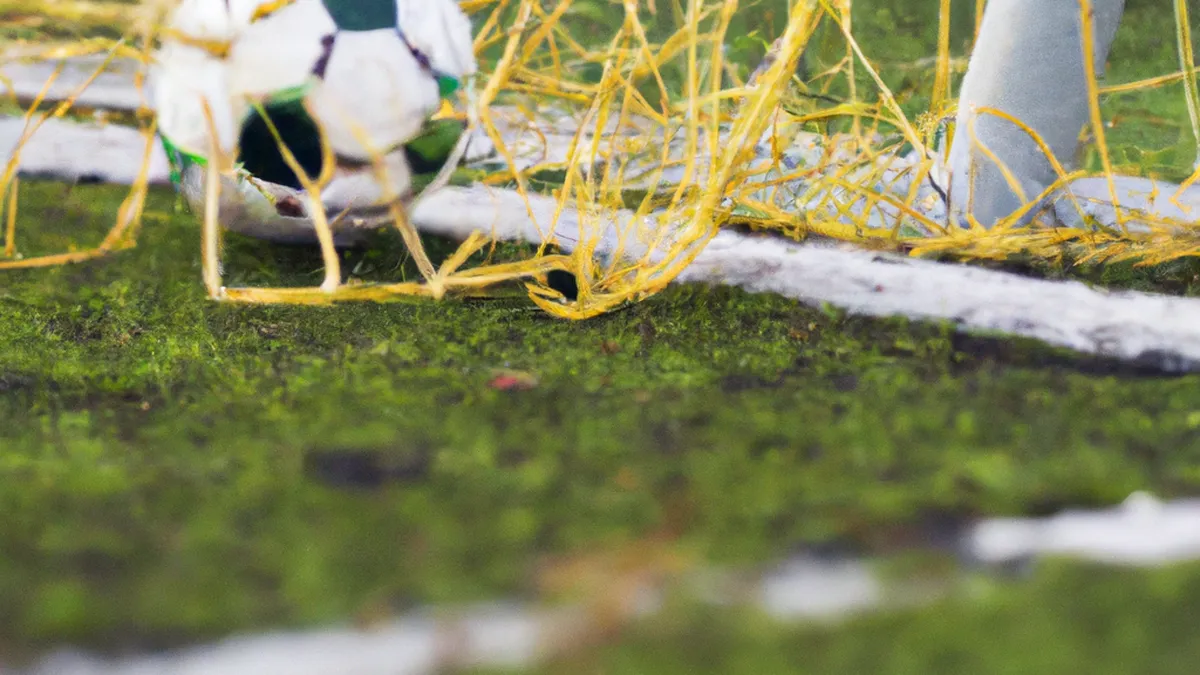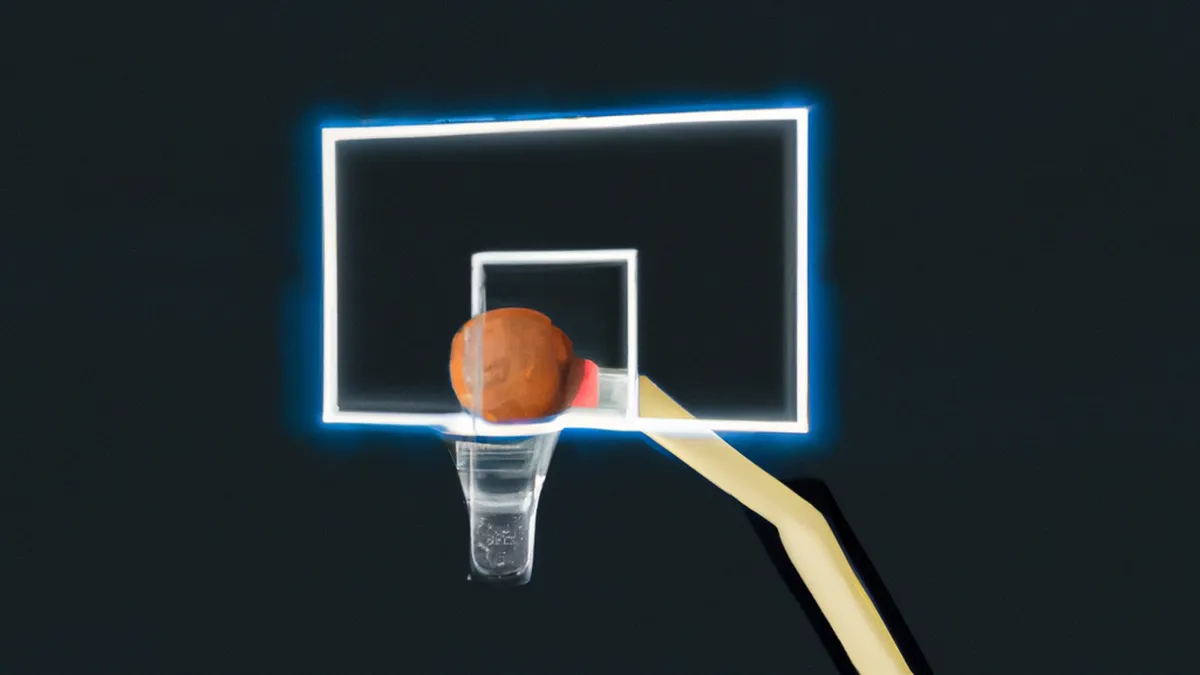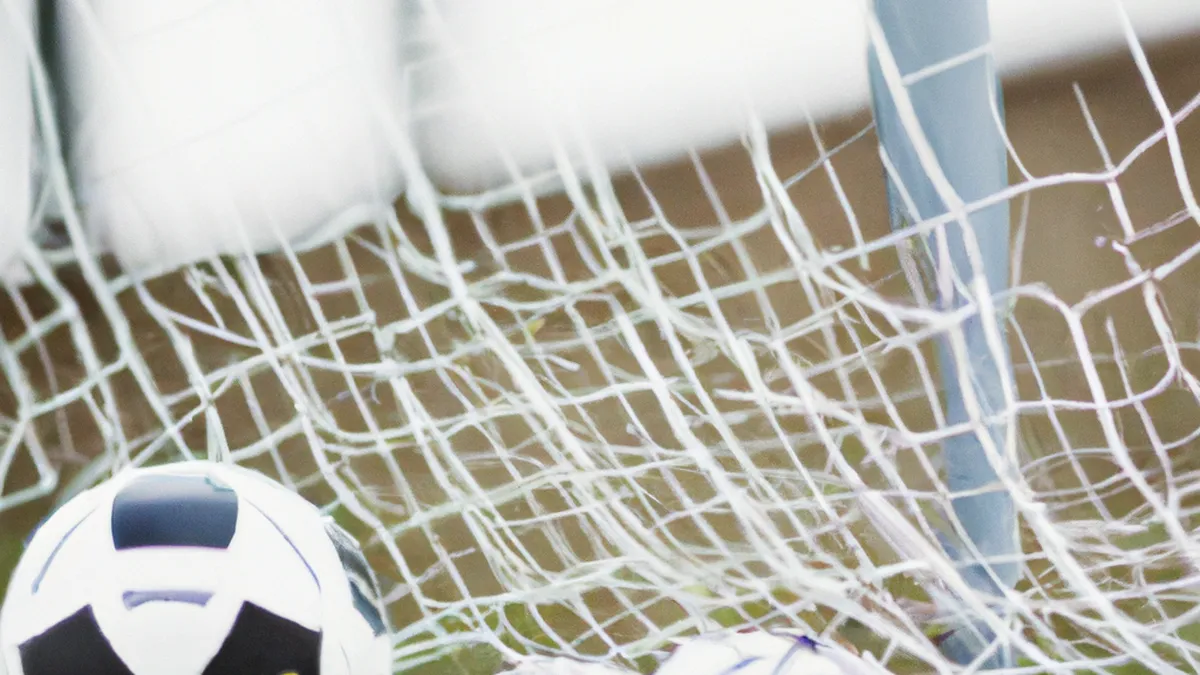Versatile 4-3-1 Approach in Action
Formations for Small-Sided GamesSmall-sided games effectively develop soccer skills. They enhance decision-making, teamwork, and technical abilities. Choosing the right formation boosts these skills further. In this post, we’ll explore effective formations, implementation tips, benefits for players, and strategies for various situations.
Understanding Small-Sided Games
Small-sided games involve fewer players on smaller fields. Common formats include 3v3, 4v4, or 5v5. These formats increase ball touches, player involvement, and individual skill focus. Coaches can emphasize specific skills and strategies through different formations. Small-sided games serve as invaluable training tools for all players.
Popular Formations
1. **2-2 Formation**: This formation suits 4v4 games. Two forwards and two defenders encourage attacking play. Players learn to support each other and create spaces, fostering teamwork. Forwards collaborate to generate goal-scoring chances, while defenders communicate to maintain a solid backline.2. **3-1 Formation**: In 4v4 or 5v5 games, a 3-1 formation focuses on possession. Three midfielders control the center while one player stays back. This setup teaches players to balance defense and attack. Midfielders engage in quick passing, while the lone defender anticipates opponents’ moves. This formation facilitates quick transitions from defense to attack.3. **Diamond Formation**: This formation excels in 5v5 games. One player acts as a pivot in the center, two players occupy the sides, and one player supports up front. The diamond structure creates passing triangles, promoting quick ball movement and dribbling skills. Players learn to exploit space effectively, making it easier to break down defenses.4. **2-1-1 Formation**: In a 5v5 format, a 2-1-1 formation balances offense and defense. Two defenders guard the backline, one midfielder controls the center, and one forward leads the attack. This formation emphasizes defensive support while enabling a structured offensive strategy. The midfielder transitions the ball from defense to attack, supporting both forwards and defenders.
Tips for Implementing Formations
To implement these formations effectively, consider these tips:- **Communicate Clearly**: Players must understand their roles. Clear communication helps them execute formations effectively. Use simple language during practice to reinforce concepts. Encourage players to ask questions and clarify responsibilities, ensuring everyone stays aligned.- **Practice Regularly**: Regular practice helps players adapt.
Conclusion
As an Amazon Associate I earn from qualifying purchases.
Gear tip: consider race bib belt, portable speaker, and canopy tent to support this topic.
In summary, small-sided games and strategic formations enhance player development. Implement these tips for effective training sessions.
Below are related products based on this post:
FAQ
What are small-sided games?
Small-sided games involve fewer players on smaller fields, commonly played in formats like 3v3, 4v4, or 5v5. These games increase ball touches and player involvement, allowing for a focused development of individual skills. They serve as effective training tools for all players, enhancing their overall soccer abilities.
What are some popular formations for small-sided games?
Popular formations include the 2-2 formation, which encourages teamwork in 4v4 games, and the 3-1 formation, which focuses on possession in 4v4 or 5v5 setups. The diamond formation excels in 5v5 games by creating passing triangles, while the 2-1-1 formation balances offense and defense effectively. Each formation has unique benefits that enhance player skills and strategies.
How can coaches implement formations effectively?
Coaches can implement formations effectively by ensuring clear communication among players regarding their roles. Using simple language during practice helps reinforce concepts, and encouraging players to ask questions clarifies responsibilities. Regular practice is also essential for players to adapt to the formations and improve their execution on the field.















Post Comment